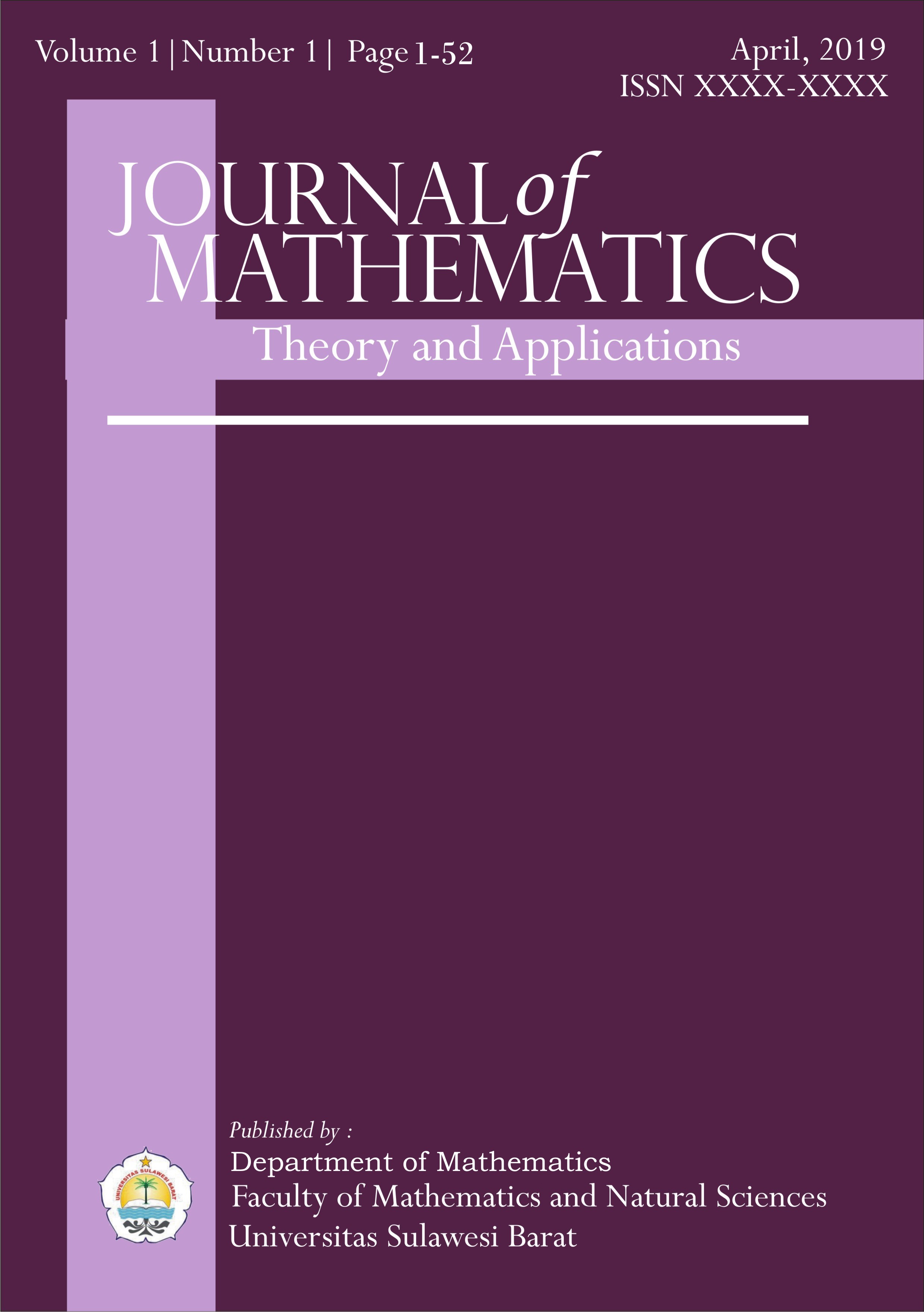Main Article Content
Abstract
Some simple polynomial equations can be solved by the remainder theorem, so there is no need for numerical methods to solve them, because the roots of equations are very easy to do using analytical methods, while there are some polynomial equations that are difficult and complex to find roots using analytical methods.
In this literature review, researchers will use the bisection method and the false rule to find the roots of polynomial equations. Based on the steps or sequence of calculation of the polynomial roots of , using the bisection method, the author states that from the first step to the eleventh step, if the calculation continues then in the second step f(a)*f(c)>0 or away from zero as shown in table 1 above. The author states that if the twelfth step continues, then f(a)*f(c) will approach zero and it can be seen that there are looping process approaches resulting from f(a)*f(c). This research study concludes that the roots of the polynomial of , using the bisection method are 1.36474675. Based on the steps or sequence of calculating the roots of the polynomial of on, using the false position method (false rule), the author states that from the first step to the 366th step it turns out that f(c)=0.003195 when c=1,365423447. Thus the polynomial roots of using the false position method (regulation false) are 1.365423447.
Keywords: Roots of polynomial equations.
Keywords
Article Details
References
- [1]. Doron L. (2010). Introduction to numerical analysis. Departments of Mathematics and Center of Scientific Computation and Mathematical Modeling (CSCAMM) University of Maryland. Retrieved from http://www2.math.umd.edu/~dlevy/books/na.pdf.
- [2].Solanki, C., Thapliyal, P. and Tomar, K. (2014). Role of bisection method, International Journal of Computer Applications Technology and Research, 3(8), 533–535.
- [3].Mathews, J. H. and K. D. Fink (2004). Numerical methods using MATLAB (4 th edition). Upper Saddle River, N.J.: Pearson. Print.
- [4].Burden, R. L. and J. D. Faires (1993). Numerical analysis (5th edition). Boston: PWS Kent Pub. Co. Print.
- [5].Neamvonk, A. (2015). A Modified Regula Falsi Method for Solving Root of Nonlinear Equations, 03(04), 776–778.
- [6].Dowel, M., Jarratt, P., “A modified regula falsi method for computing the root of an equation”, BIT 12, pp.168–174, 1971.
- [7] Conte, S. D. and de Boor, C. (1993). Fundamentals of Numerical Analysis, Erlangga Publisher, Jakarta.
